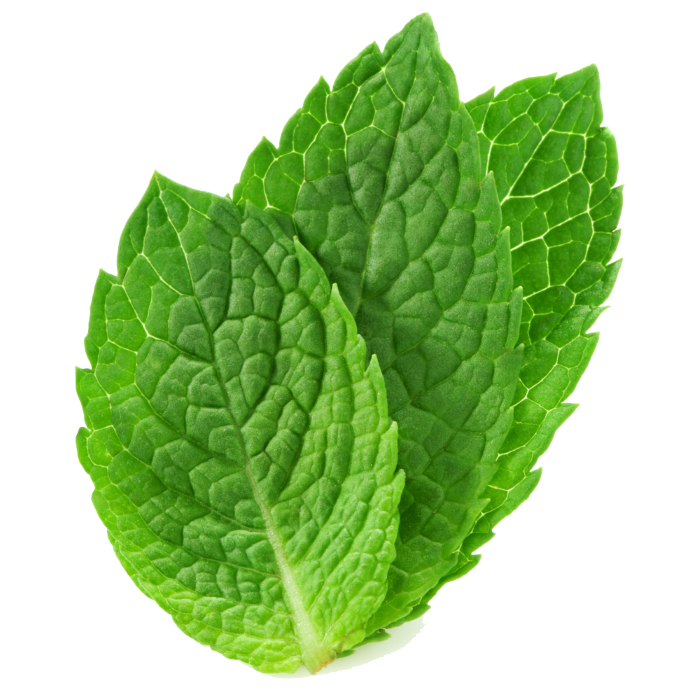Mint
Lamiaceae (/ˌleɪmiˈeɪsiˌaɪ/ or /ˌleɪmiˈeɪsiiː/) or Labiatae is a family of flowering plants commonly known as the mint or deadnettle family. Many of the plants are aromatic in all parts and include widely used culinary herbs, such as basil, mint, rosemary, sage, savory, marjoram, oregano, hyssop, thyme, lavender, and perilla. Some species are shrubs, trees (such as teak), or, rarely, vines. Many members of the family are widely cultivated, not only for their aromatic qualities but also their ease of cultivation, since they are readily propagated by stem cuttings. Besides those grown for their edible leaves, some are grown for decorative foliage, such as Coleus. Others are grown for seed, such as Salvia hispanica (chia), or for their edible tubers, such as Plectranthus edulis, Plectranthus esculentus, Plectranthus rotundifolius, and Stachys affinis (Chinese artichoke). The family has a cosmopolitan distribution. The enlarged Lamiaceae contains about 236 genera and has been stated to contain 6,900 to 7,200 species, but the World Checklist lists 7,534. The largest genera are Salvia (900), Scutellaria (360), Stachys (300), Plectranthus (300), Hyptis (280), Teucrium (250), Vitex (250), Thymus (220), and Nepeta (200). Clerodendrum was once a genus of over 400 species, but by 2010, it had been narrowed to about 150. The family has traditionally been considered closely related to the Verbenaceae; in the 1990s, phylogenetic studies suggested that many genera classified in the Verbenaceae should be classified in the Lamiaceae or to other families in the order Lamiales. The alternate family name Labiatae refers to the fact that the flowers typically have petals fused into an upper lip and a lower lip (labia in Latin). The flowers are bilaterally symmetrical with five united petals and five united sepals. They are usually bisexual and verticillastrate (a flower cluster that looks like a whorl of flowers, but actually consists of two crowded clusters). Although this is still considered an acceptable alternative name, most botanists now use the name Lamiaceae in referring to this family. The leaves emerge oppositely, each pair at right angles to the previous one (decussate) or whorled. The stems are frequently square in cross section, but this is not found in all members of the family, and is sometimes found in other plant families.
